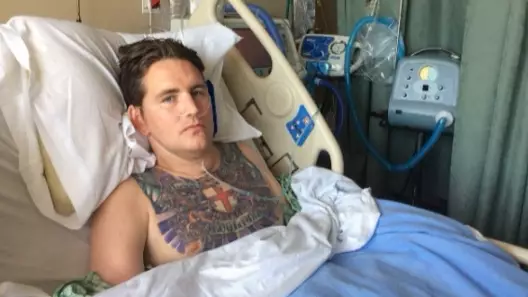
Stephen Murray was just 18 years old when he left England for Huntington Beach, California, a mecca for young BMX dirt jump riders who dream of turning pro.
Having grown up in a working-class area of Newcastle, Stephen arrived in the States with only a few grand to survive on - funds he'd saved through UK competition wins and odd jobs - but within two weeks of arriving in the country he was picked up by a sponsor.
Able to ride all day without the hindrance of British weather, Stephen quickly developed into one of the world's top freestyle BMX-ers.
Advert
It was during his first years in the US that he would develop his signature trick, the double-backflip and in 2001, he became the first dirt track rider to land the 720° in competition. The trick led him to win gold medals at the X Games and Gravity Games tournaments, taking him to the top of the world rankings.
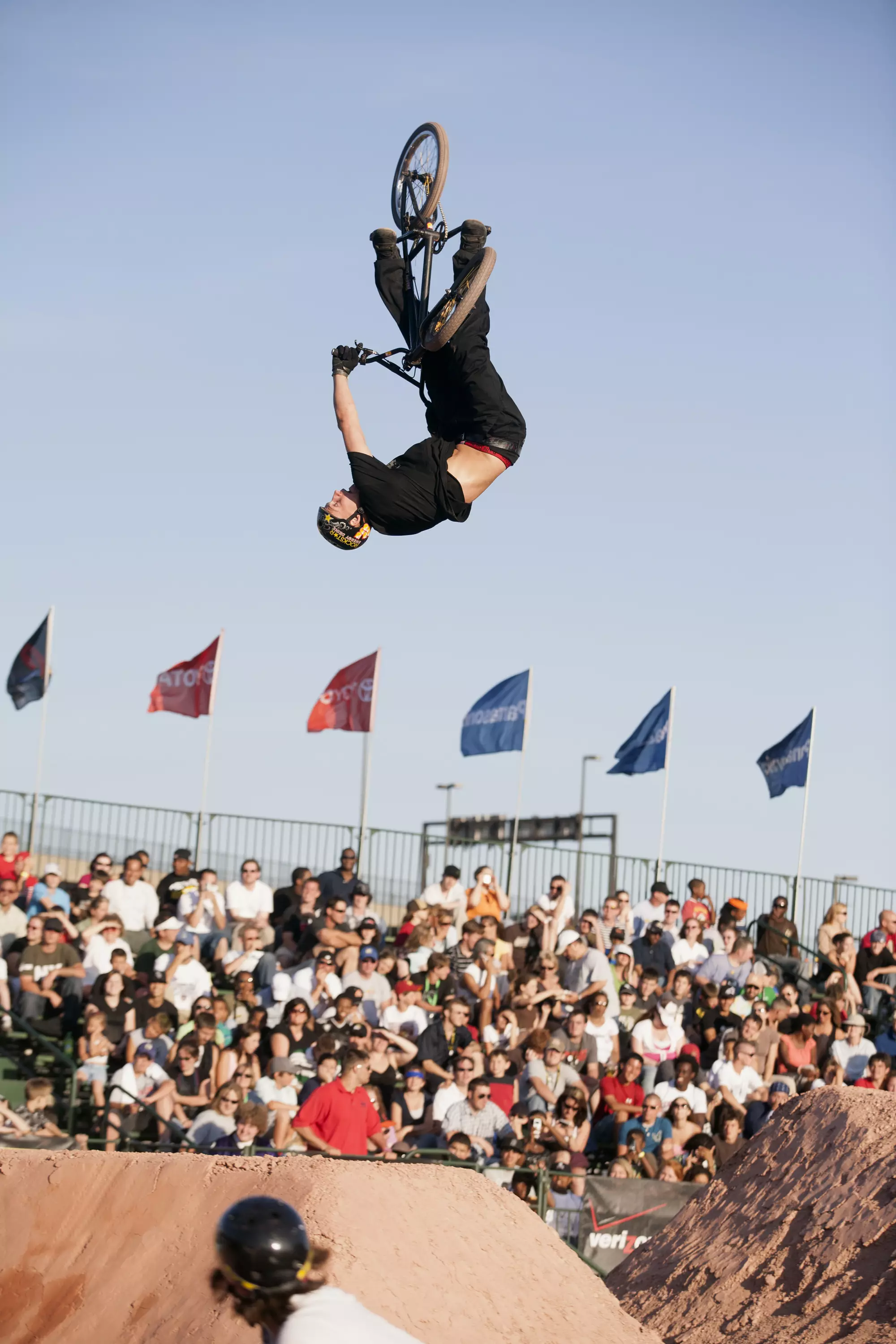
Credit: Provided
As a young man earning more money than he could ever have expected, Stephen travelled across the globe performing jumps and enjoying the drink, drugs and women that came with fame. But in 2007 his life took a tragic turn when a double backflip attempt at the Baltimore leg of the Dew Cup went terribly wrong.
Advert
Landing on his neck, he shattered three vertebrae and fractured another. He was given a one percent chance of survival by doctors, but despite flatlining three times, he defied the odds to survive.
Left paralysed from the neck down and confined to a wheelchair as a result of the accident, Stephen's story is a truly remarkable one. He recently released his autobiography Staying Strong - LADbible spoke to him about the highlights of his career and the rehabilitation process that saved his life.
LADbible: Hi Stephen - your rise to the top of BMX seemed to happen incredibly quickly. Was that something you had expected?
Stephen: My first win at the X Games was a complete surprise to a lot of people, but I went into it knowing I was going to win it. I knew what I had to do and I had that secret weapon of the double backflip which I'd practised and perfected. I was super confident.
Advert
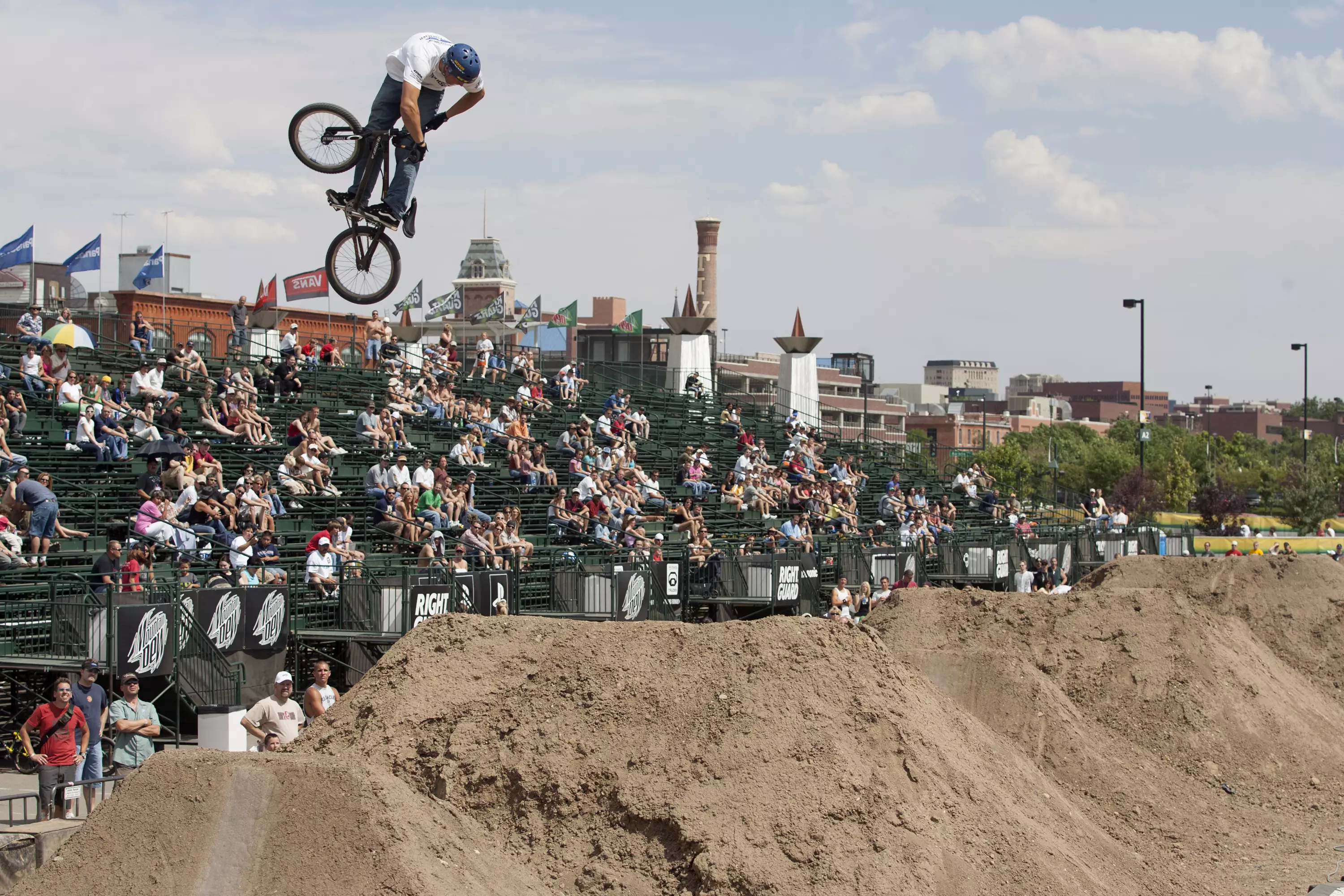
Credit: Provided
What was it like being the first person to land the double backflip in competition?
To do it on the main stage when the cameras are rolling brings together everything you've been working for and all the hours you've put in. To perform on that high level under the bright lights and to execute it at that time... it feels like you're floating, it's like no other feeling - better than any drug.
Advert
Do you remember much of your accident ?
I remember waking up and seeing medics all around me when I woke. Because of my injury, and where it was, it shut down my breathing so I couldn't breath for myself. There was a tube going down my throat to help me breathe and, listening to the medics, I realised it was life or death.
The first two times that I flatlined I don't remember, but I know now that I flatlined and was taken to the trauma centre. If it wasn't for the medics there I probably wouldn't be alive.
Then I remember waking up in bed and being in the worst pain I've ever encountered, having tubes down my throat and doctors and nurses around me. It was when I realised I couldn't move anything, so it was fucking crazy.
Advert
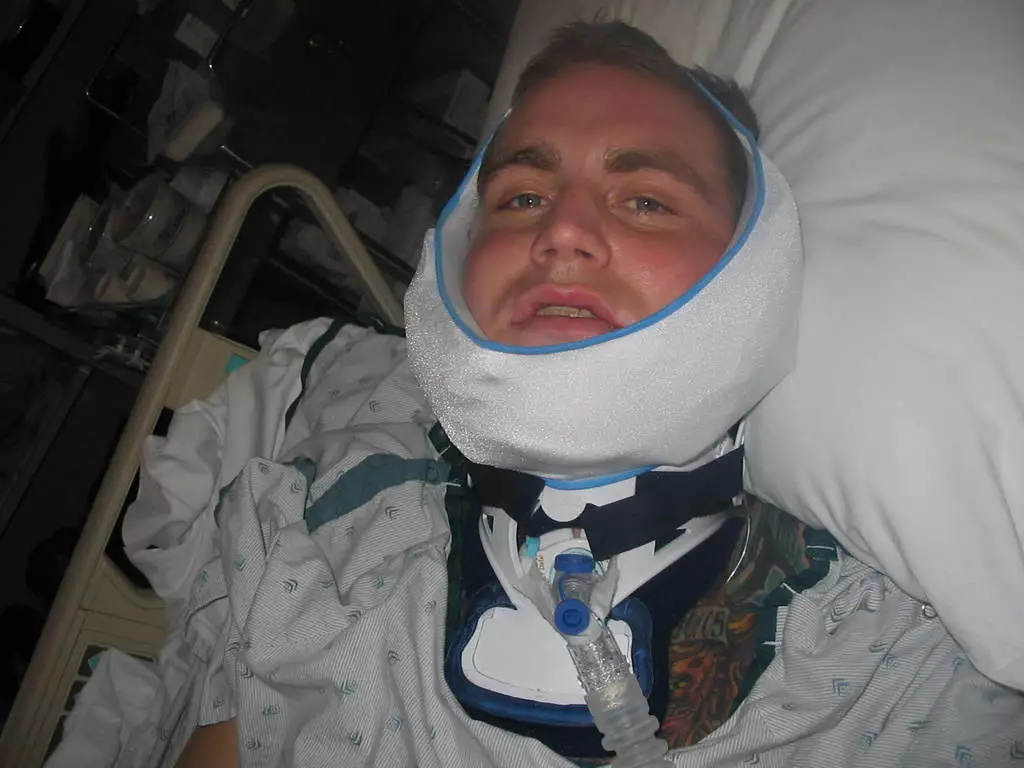
Credit: Provided
You had to make the transition to a completely different life after the accident.
It was like waking up into a whole new world. The first month was hardest, it was about surviving, that was all - the doctors gave me a one percent chance of survival. But somehow by the grace of God I made it through that.
Rehabilitation was like learning to live all over again. The next six months, it took a lot of rehab to get off the ventilator, so I could breathe again.
Staying Strong is the title of your book - you've explained that 'stay strong' was originally a message to you.
It comes from after my accident, when all the riders wore t-shirts that said 'stay strong' on the front and my name on the back [during] the following event.
In a short period of time, I've had quite a crazy life. I've gone through so many adversities and it's really been survival story a lot of the time. The 'stay strong' message is about helping other people who have been through similar things.
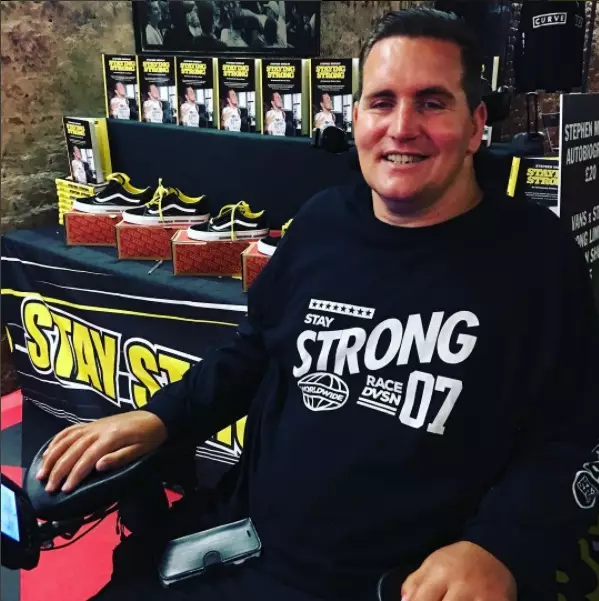
Credit: Provided
Is it strange to you that you've become a role model for people who've suffered similar injuries?
People have reached out in the past and I feel obligated to others who are struggling because it's a hard life, it's not normal. So if I can help other people it makes me feel better about my day. I've had to figure out a lot of what I've been through for myself, so for me it's my time to give back to other people going through a similar thing.
I think part of that is probably because you still do things you would have done before the accident.
You find that if you go towards something and say, 'I'm gonna do this', then you can fucking do anything. I've been skydiving, skiing and wakeboarding: you've just got to want to do it.
It's about believing in something and being passionate. I'll wake up and just go and do it - I never back down and I won't let anything get in my way.
Thanks a lot, Stephen.
Featured Image Credit: Provided